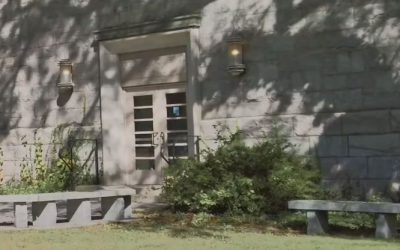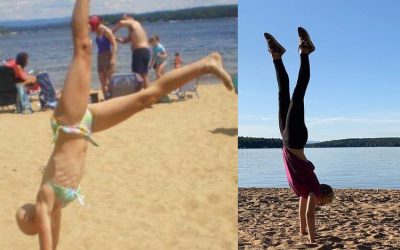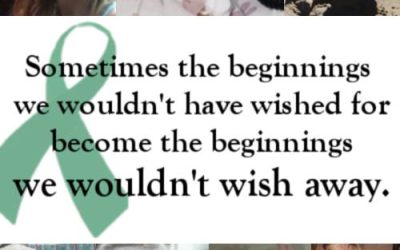SDR Changed my Life.
Now I’ve made it my mission to help others change theirs.
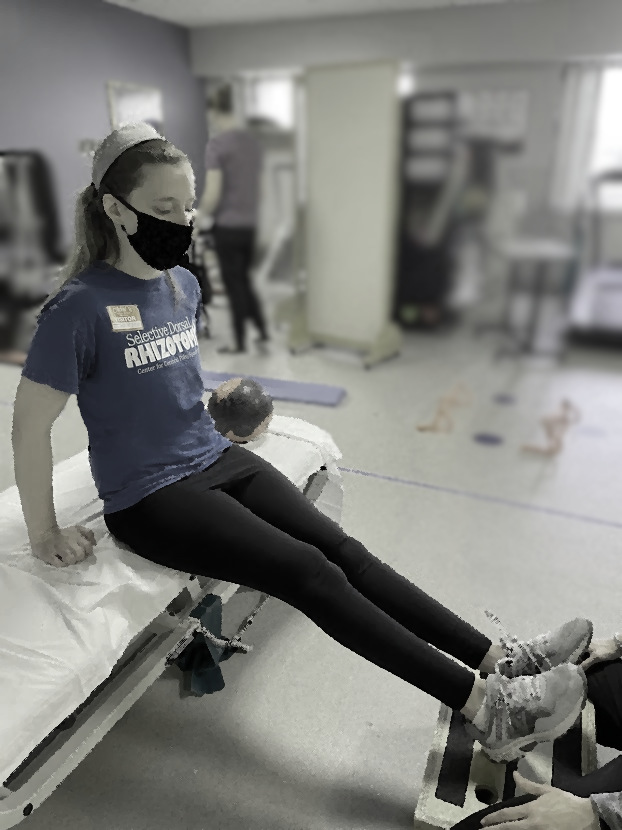
Blog posts
cement stairs and one act of kindness that meant everything to me
I was a neuroscience major in college, and the neuroscience building on my college campus had two cement stairs leading up to the front door. There was no railing. As I went about my day-to-day life, I watched in silent awe as people skipped up those death trap...
james and ms. brenda of the chase park plaza hotel
When my mom and I were packing for my spinal cord surgery in St. Louis, I remember asking her what she was nervous about. One of her worries, she said, was that we were flying a thousand miles across the country to a state where we had never been—to a state where we...
gracefully me (a guest post by kendra schnip)
It is an honor to introduce you to one of the most extraordinary people I know: my cousin, Kendra Schnip. Although our journeys have been quite different—she is a brain cancer survivor, and I have CP—we can relate to each other in beautiful ways, and our shared...
celebrating world CP day
Today, October 6th, is World Cerebral Palsy Day. Did you know that if you put all 17 million of us together, we'd make up almost the entire population of the Netherlands? Imagine ... what would it be like if we all just started our own country together? (We'd allow...
enough
I remember coming home from second grade and staring at my crooked legs in the mirror. I had watched my classmates on the playground that day. I stood back, quiet and still amidst their shouts and laughter, part envy and part curiosity as they effortlessly ran and...
a tribute to Dr. TS PARK
I was a thousand miles from home, in St. Louis, Missouri. As my mom and I entered our hotel's lobby, a young man in a staff uniform rushed forward to hold the door. His eyes lingered on the stiffness in my legs as I passed through. "Are you here in St. Louis to see...

What is SDR?
-
SDR stands for selective dorsal rhizotomy.
-
It’s a spinal cord surgery for people who have spasticity. Spasticity is muscle tightness resulting from mixed-up messages between the brain and spinal nerves.
-
During SDR, the surgeon divides the spinal cord’s sensory nerves into their smaller branches, called rootlets. Then the surgeon cuts the rootlets that are most overactive, getting rid of spasticity from the waist down.
-
Currently, SDR is the only treatment that can eliminate or permanently reduce spasticity.
Who can SDR help?
-
Most SDR candidates have either spastic cerebral palsy or hereditary spastic paraplegia.
-
Generally, the sooner SDR is done, the better. But adults can benefit too; I had SDR at age 23.
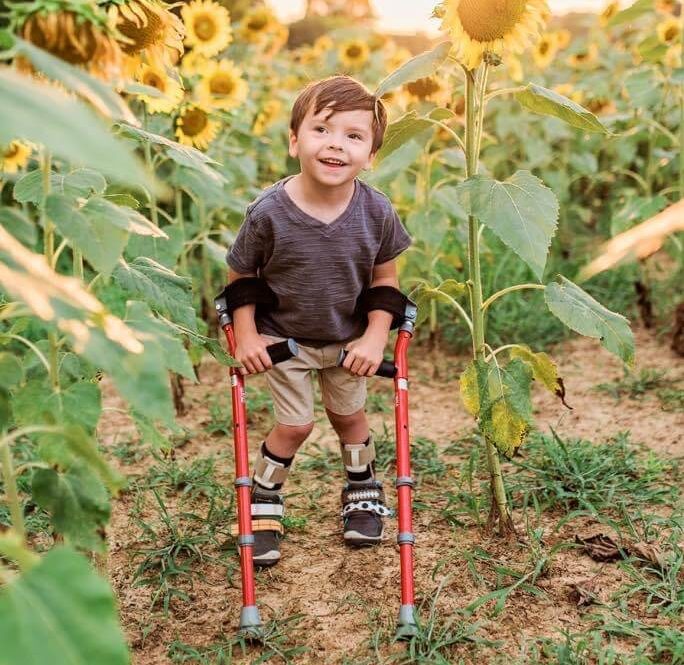
Why is SDR important?
-
SDR can reduce pain and discomfort and improve motor skills. I am so much more comfortable without spasticity, and I can move more freely than ever before! I fall less too.
-
Spasticity does progressive damage to bones, muscles, and joints. SDR can help prevent that, and it may reduce the need for additional surgeries.
-
SDR can allow muscles to be strengthened more effectively. Without spasticity, it is much easier for me to activate and isolate my muscles.


